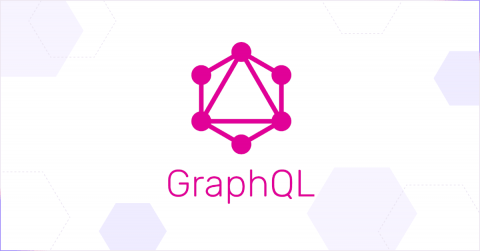Reliably Reliable
I Google’d the word “reliable” the other day. At the top of the results page was a definition from the Oxford Languages dictionary. I started thinking, what’s “reliable”? I glanced at my mobile phone. I felt it was pretty reliable. I can make and receive calls, I play games, battery life is pretty decent, photos are amazing… But it’s kind of new, so maybe that doesn’t count. It’s not really reliable, the jury’s still out.











